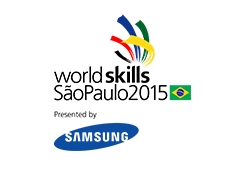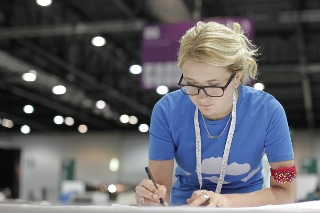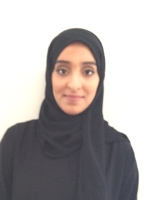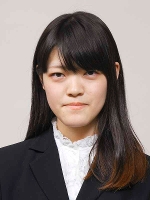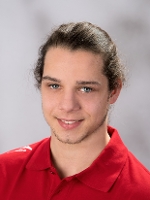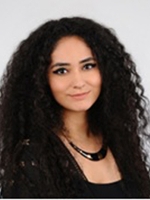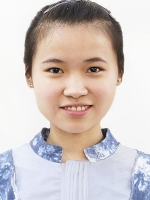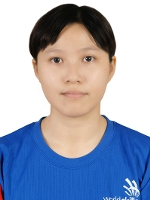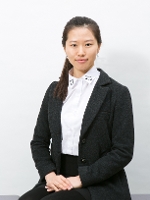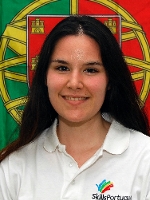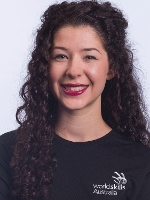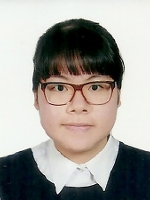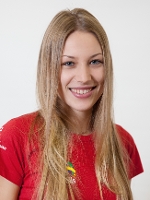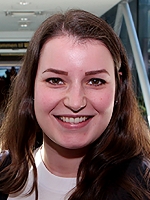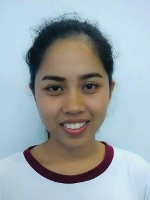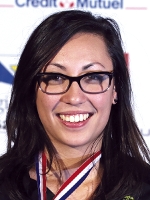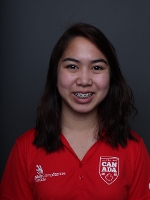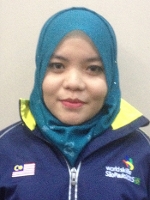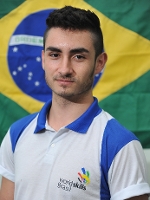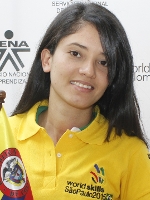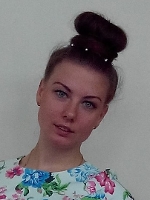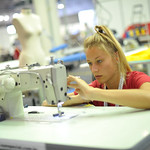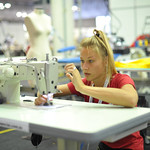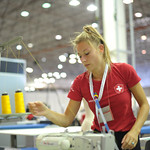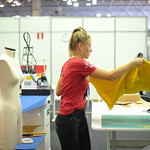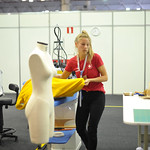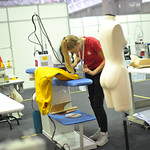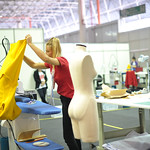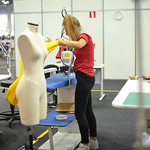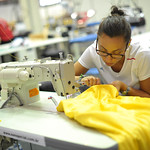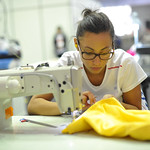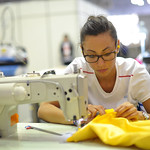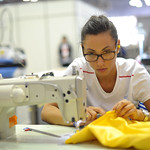Fashion Technology
Skill Explained
The Fashion Technology practitioner creates garments. The technical skills involved include design, pattern construction, cutting and garment manufacture.
The practitioner may work in one of several sectors but often they are self-employed and work on commissioned projects or in the retail manufacturing sector or in sampling garments for production. As such they need to have business acumen and strong interpersonal skills when dealing with clients. Excellent customer care and selling skills are crucial. As some work is often commissioned for important events, the practitioner must understand the needs of the client and be able to offer appropriate expert advice whilst interpreting the vision for the finished project. Customer briefs must be clearly understood and followed accurately.
Fabrics are often expensive, delicate and easily damaged or handled incorrectly. Given this, the practitioner must be respectful of the raw materials with which they work and apply extensive knowledge of effective sourcing, purchasing, handling and storage of all materials. Sustainability, ethics and budgets are all serious considerations when sourcing materials and selecting sub-contractors.
The design of a garment requires innovation, creativity and artistic and design talents that incorporate aesthetics and practicalities. The practitioner must apply the rules and theory of composition including design elements and principles as well as technique. He or she is often creative and artistic, with a good eye for design and the ability to create pleasing and functional garments, suitable for their purpose. In addition, a thorough knowledge and understanding of specialist equipment and its use is essential. Another requirement is a high level of technical knowledge in patternmaking and construction techniques. Different fabrics will react in various ways to the manufacturing process and these characteristics must be considered throughout the preparation and production process.
There is a wide range of practice in the fashion sector. Some practitioners produce small ranges for retail outlets or high class fashion houses or prepare bespoke garments ordered by individual clients. At the other end of the professional spectrum, the practitioner may work in an industrial setting, producing prototypes for mass production. Practice also varies across the world. The fashion industry is truly global: for example, a garment may be designed and prototyped in one country and sub-contracted for manufacture in another.
Wherever employed, it is essential that the practitioner is aware of current and emerging fashions and trends in the fashion industry. Equally important is an awareness of new developments in fabrics and textiles as well as machinery and equipment. Significant damage can be done to a business and its reputation if fashion trends are misread.
What the Competitors do at the Competition
The Test Project is made of three modules:
- In the first module, the Competitors will receive a set of patterns for making a pair of classic ladies' pants and the Competitors have to prepare the pattern, cut the fabric, sew and finish the pair of pants.
- For the second module, the Competitors will receive a selection of different fabrics and accessories to design and to make a ladies' jacket or an overcoat following the theme "Military Chic".
- During the third module, the Competitors will receive a "Mystery Box" which contains one piece of surprise garment and a selection of surprise material and accessories. With these mystery materials, the Competitors have to design and create a ladies' blouse to be worn under the jacket or overcoat made in the second module.
- Towards the end of the Competition, each Competitor designed and created a set of trendy ladies' outfits according the theme "Military Chic".
Competitors
Lamees Al Habsi
Oman
Mouza ALMansoori
United Arab Emirates
Yuna Baba
Japan
Julferkar Ali Bhutto
India
Florian Bogner
Austria
Simge Cetiner
Turkey
Bihua Chen
China
Sh-Ting Chen
Chinese Taipei
Byeong Hae Cho
Korea
Ronja Fell
Belgium
Miguel Ángel GARRIDO
Spain
Ana Gaspar
Portugal
Emma Hillier
Australia
Eve Korhonen
Finland
Cheng Man Kou
Macao, China
Laura Müller
Switzerland
Anine Pascal Sørensen
Norway
Orawan Patnin
Thailand
Yane-Nirina RANDRIAMANANTSOA
France
Annisa Novi Ronauli Sirait
Indonesia
Patricia Roque
Canada
Mimi Faizura Shamsudin
Malaysia
Kaio Junio Silva
Brazil
Ruth Dina Suescun Flores
Colombia
VOLHA ZAKREUSKAYA
Belarus
Experts
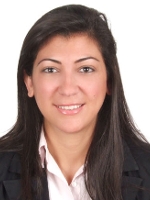
Lara Ayoub
Oman
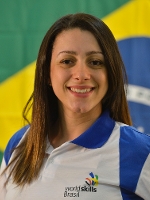
Melina Braz Pedrosa
Brazil
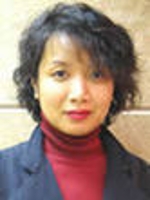
Victoria Alexa Kuan Chan
Macao, China

Melek Cim
Turkey
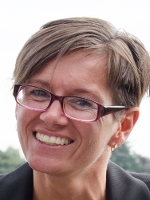
Christelle Cormann
Belgium

Aitana De VEGA
Spain

Donna Drain
Australia
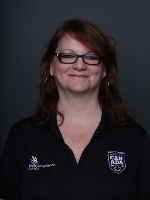
Jozée Dulude
Canada
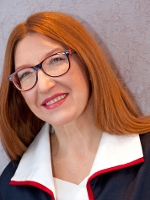
Irina Filichkina
Russia

Bhumindr Homsilpakul
Thailand
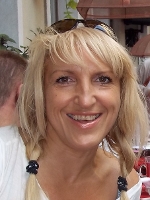
ELVIRA JVIKOVA
Belarus

Gurpreet Kaur
India
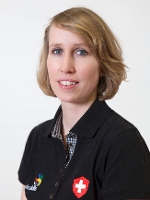
Nicole Leyssing-von Ah
Switzerland
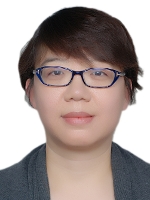
Ning Li
China
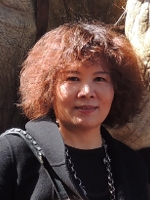
Mei Yin Lin
Chinese Taipei
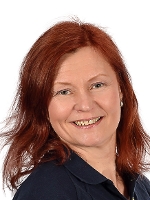
Heli Mäkinen
Finland
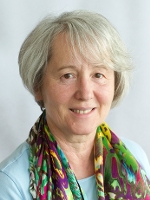
Maria Mangge
Austria
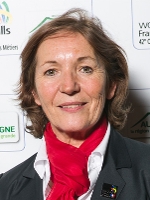
Annick Moreau
France

Samira Paredes
Colombia

Maria Sa
Portugal
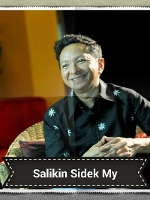
Salikin Sidek
Malaysia
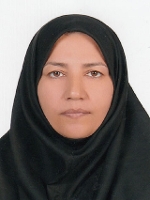
Fatemeh Sirjanizadeh
Iran
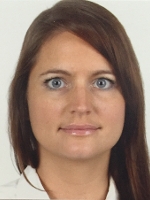
Sabine Storch
United Arab Emirates

Nathanael Suryadi
Indonesia
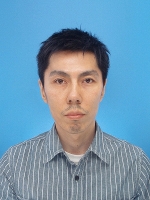
Takanori Tsuchida
Japan
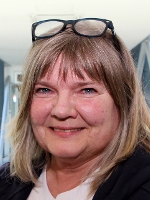
Gerd Villadsen
Norway
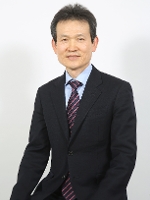
Min Suk Yang
Korea
